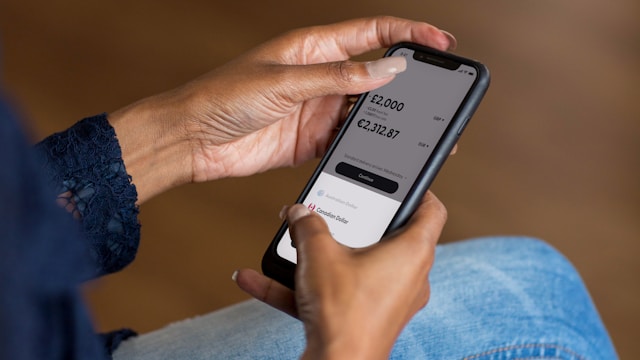Building a startup feels electric. Energy rises. A backlog grows. Code ships. Then reality hits. Users hesitate. They don’t see the value. The issue is not execution. The issue is direction. The fix is simple and strong: prototype before you code.
Why the Trailer Comes First
A prototype works like a movie trailer. It tells the story fast. It shows the core promise, not the whole film. Use a clickable Figma prototype. No backend. No edge cases. Just the journey that matters. See the value. Do the thing. Confirm the outcome.
What a Clickable Prototype Really Does
Once the trailer exists, everything tightens. Language sharpens. Distractions fade. People click, pause, and react. They paraphrase the value or they don’t. They ask real questions—pricing, migration, integrations. Each insight costs design time, not runway. Learning arrives in hours, not sprints. Investor talks change as well. Slides step back. The experience leads.
The Loop That Gives Direction
Skipping prototyping breeds the usual trio: overbuilding, scope drift, lost time. A prototype breaks that cycle. It compresses feedback. It forces a clearer promise. If the first screen confuses, rewrite it today. If the message misses, narrow the audience and reframe. When users lean in and ask “How much?”, confidence grows. Now engineering accelerates what already resonates. That is the road to product-market fit.
Start Small, Validate Fast
Name the problem in one sentence. Sketch the primary flow. Build a clickable Figma prototype with three to five screens. Put it in front of people who feel the pain. Listen more than you defend. Edit the interface and the copy until it stands on its own. That loop—problem, flow, prototype, feedback, iteration—turns speed into direction. In short, prototype before you code.
A Practical Next Step
Need a push to validate your idea? An MVP sprint can deliver a user-testable, clickable Figma prototype in two weeks. Test it with real users. Show it to stakeholders. Then decide what deserves to be engineered. START HERE!

